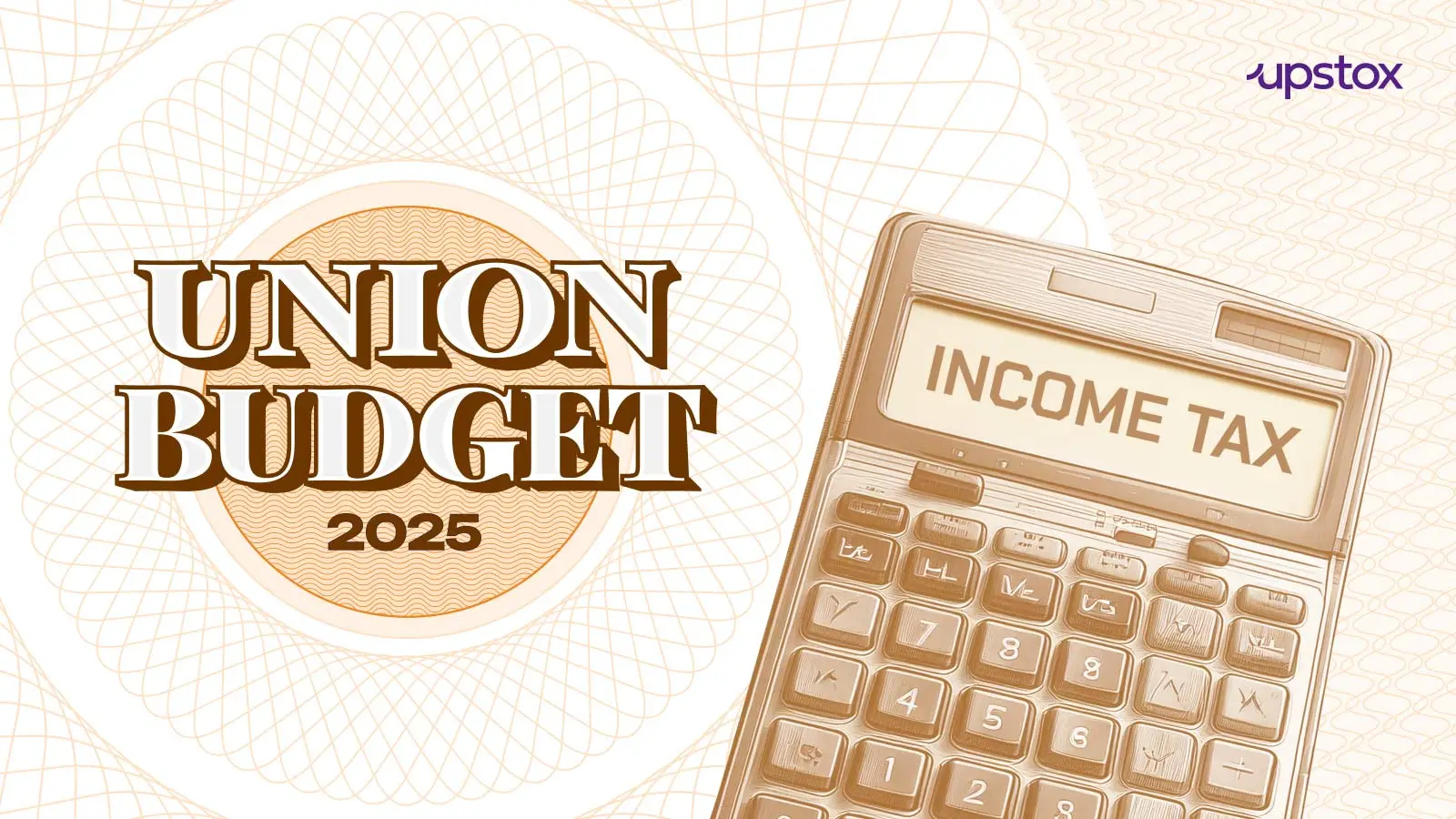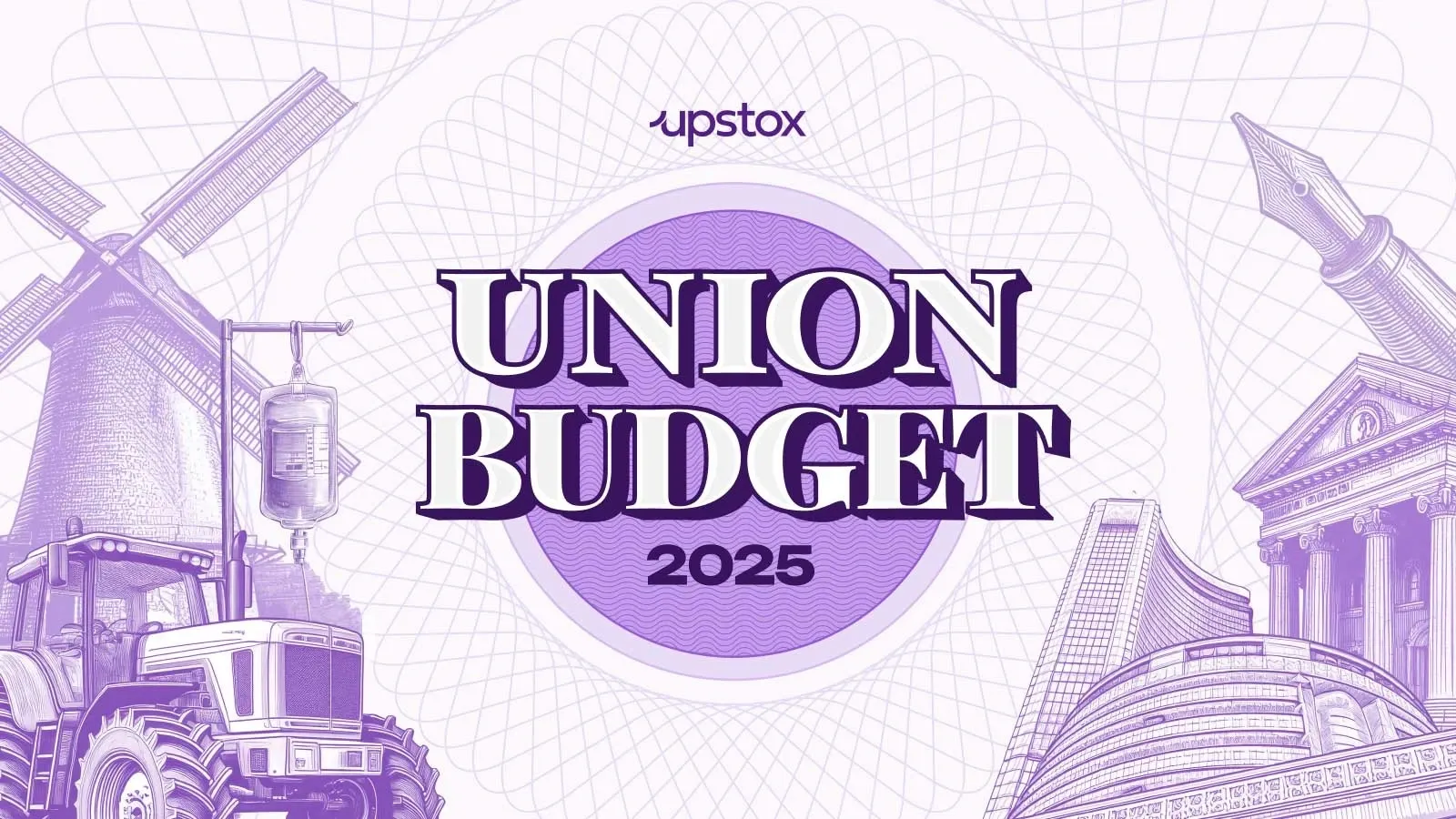Market News
Budget 2025: Why SENSEX, NIFTY50 did not see big rally today despite much-awaited consumption boost
.png)
3 min read | Updated on February 03, 2025, 11:07 IST
SUMMARY
Budget 2025: On Saturday, February 1, Finance Minister Nirmala Sitharaman announced that individuals earning up to ₹12 lakh annually will not have to pay any income tax under the new tax regime, thereby giving relief to the middle class by raising exemption limits and rejigging slabs.
Stock list

The government has set the capex target at ₹11.2 lakh crore for FY26, which was below expectations, according to experts. Image: Shutterstock
On Saturday, February 1, Finance Minister Nirmala Sitharaman announced that individuals earning up to ₹12 lakh annually will not have to pay any income tax under the new tax regime, thereby giving relief to the middle class by raising exemption limits and rejigging slabs.
For salaried employees, this nil tax limit will be ₹12.75 lakh per annum, after taking into account a standard deduction of ₹75,000.
Higher exemptions and rejigs have been effected under the new income tax regime.
"The new structure will substantially reduce the taxes of the middle class and leave more money in their hands, boosting household consumption, savings, and investment," Sitharaman said in her Budget speech.
This announcement would have propelled the stock market to the day's highs; however, contrary to expectations, the headline indices were highly volatile post the Budget session.
The reason behind the lackluster performance of stocks was the shift in the government's focus to consumption from capex. There were expectations that the government would raise the capital expenditure (capex) outlay substantially. There were expectations from industries that the government would emphasize infrastructure, and construction sectors, recognising them as a key driver of broader economic growth.
However, the government has set the capex target at ₹11.2 lakh crore for FY26, which was below expectations, according to experts.
Therefore, capital goods, engineering (including defence, railways), and infrastructure companies saw a sharp decline after the Budget announcement whereas the consumption-driven stocks were on fire.
At the close, the S&P BSE SENSEX stood at 77,505.96 levels, up 5.39 points, or 0.01%, while the NSE's NIFTY50 index was trading at 23,482.15, down 26.25 points, or 0.11%.
Sectorally, FMCG stocks traded with impressive gains.
Auto stocks were also in the fast lane. The BSE AUTO index settled at 52,428.15, up 901.30 points, or 1.75%. The top contributors to the index's gains were M&M, Maruti, Bajaj Auto, and Eicher Motors.
On the other hand, Capital goods stocks were the biggest losers. The BSE CAPITAL GOODS index settled at 62,581.73, down 1,948.04 points, or 3.02%. The top losers were L&T, BEL, Siemens India, HAL were the top losers.
Stocks from the industrial pack (which includes railway stocks), too, traded with deep losses. There was no increase in the capex for railways, which disappointed investors. Budget documents show that the allocation to the railways sector has remained unchanged for the railways sector at ₹2.55 lakh crore for the financial year 2026. The allocation for the financial year 2025 was also at ₹2.55 lakh crore.
Among individual names, Texmaco Rail slipped 9%, while IRCON was down over 8.7% on the BSE. RVNL shares, too, were down 8%.
Related News
About The Author
Next Story



